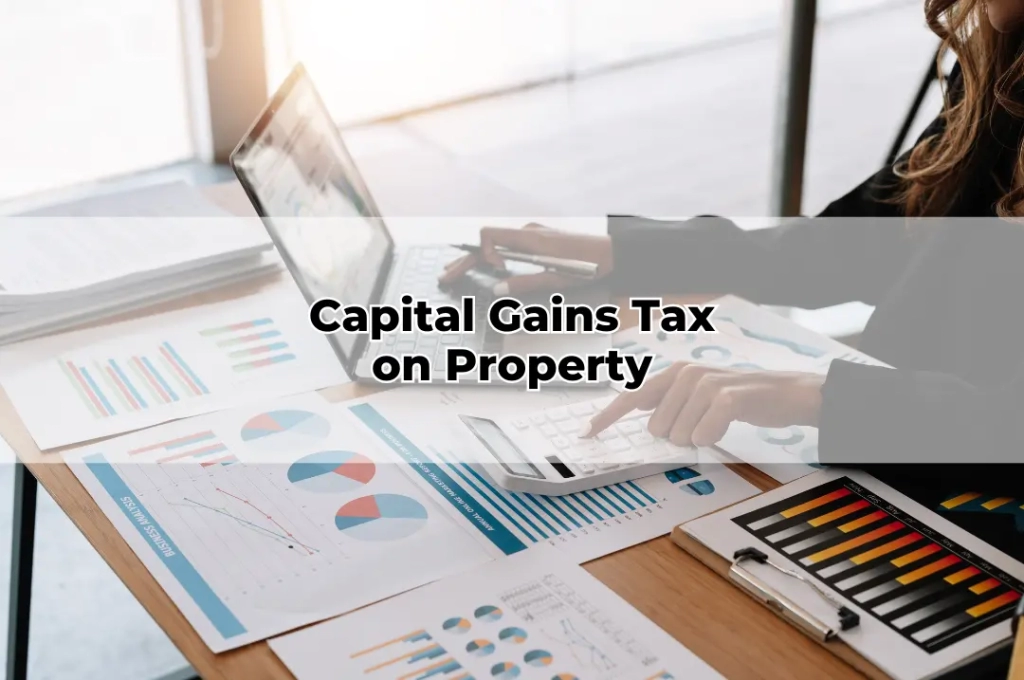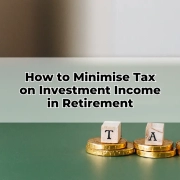Capital Gains Tax on Property
Table of Contents
ToggleCapital Gains Tax (CGT) is an often-overlooked yet critically important consideration in the financial trajectory of any property investor in Australia. Whether it’s your family home, an investment property, or land held within a Self-Managed Super Fund (SMSF), CGT can significantly impact your net returns. As a Toowoomba Financial Adviser, I frequently see property owners blindsided by the tax implications of a sale. Understanding how CGT operates, when it applies, and how to manage it is essential for effective property wealth planning. In a climate of fluctuating property values and shifting legislative frameworks, being well-informed isn’t just an advantage-it’s a necessity.
What Is Capital Gains Tax?
Capital Gains Tax is a levy imposed on the profit realised from the sale of a capital asset, including real estate. Unlike other taxes, CGT is not a standalone tax; rather, it is part of your income tax and calculated when you dispose of an asset. In simple terms, CGT is incurred when the sale price of your property exceeds its original purchase price (adjusted for eligible costs). While the term ‘capital gain’ suggests a windfall, it is subject to taxation under specific rules and exemptions outlined by the Australian Taxation Office (ATO). For residents, all gains are included in assessable income, while non-residents face more stringent criteria. Recognising the scope and timing of CGT liabilities is the cornerstone of strategic financial planning.
When Does CGT Apply to Property?
Not all property transactions attract CGT. The most notable exemption is the family home, or ‘principal place of residence’. However, once a property is rented out, used for business, or sold after being held in a trust or company structure, CGT typically applies. Property developers, SMSF trustees, and high-net-worth individuals must be particularly vigilant. For investment properties, CGT is triggered on the date of the contract of sale, not settlement. Furthermore, even gifting a property can attract CGT under market value substitution rules. Understanding these triggers is vital to avoid unplanned tax obligations and optimise timing.
Calculating the Capital Gain
Calculating the capital gain on a property involves subtracting the property’s cost base from the sale price. The cost base includes the original purchase price, plus any associated costs such as stamp duty, legal fees, and capital improvements. Holding costs such as rates and interest may also be included under certain conditions. The net result is your gross capital gain. If you’ve made a loss, this becomes a capital loss, which can be offset against future gains but not regular income. Accurate record-keeping over the lifetime of the asset is essential for this process. An experienced Toowoomba Financial Adviser can assist with this meticulous exercise.
The 50% CGT Discount Rule
Australian residents who have owned an asset for more than 12 months may be eligible for a 50% CGT discount. This rule provides a considerable advantage, effectively halving the taxable amount of your gain. However, this benefit is not available to companies, and it is restricted for non-residents and some trust structures. It’s also important to remember that the discount is not automatic; it must be claimed. Timing the sale of a property to meet the 12-month threshold can deliver a substantial tax benefit. When offering Retirement Financial Advice, ensuring clients understand and utilise this rule can dramatically improve outcomes.
Exemptions and Concessions for the Family Home
The family home exemption is perhaps the most generous concession under CGT laws. If a property has been your principal place of residence for the entire period of ownership, it may be completely exempt from CGT. There are, however, nuances. If you’ve rented the property at any point, used it to generate income, or only resided in it part-time, a partial exemption or ‘main residence exemption‘ rule may apply. The ‘six-year rule‘ allows homeowners to treat their former residence as their main residence for up to six years if it is rented out. Financial Planning Toowoomba strategies often include utilising this exemption to optimise asset disposals.
Implications for Investment Properties
Investment properties are squarely in the sights of the CGT regime. These assets, by their very nature, are designed to appreciate and generate income, making them subject to full capital gains assessments. However, investors can employ a number of tax-effective strategies, such as negatively gearing the property or timing disposals across different financial years. Depreciation schedules can also indirectly affect the CGT calculation by reducing the cost base. Engaging an Online Financial Adviser to develop a tailored strategy before listing your property can make a significant difference to your final return.
Capital Losses: Offset Strategies
Capital losses occur when a property is sold for less than its adjusted cost base. While this might seem like a financial blow, it presents an opportunity. Losses can be carried forward indefinitely and used to offset future capital gains. This is particularly valuable for long-term investors or those planning staged asset disposals. However, losses cannot be offset against regular income, such as salary or wages. For SMSF members or sophisticated investors, managing capital losses becomes a tactical endeavour. An experienced adviser will factor in loss harvesting as part of a broader portfolio management strategy.
CGT and Self-Managed Super Funds (SMSFs)
Properties held within SMSFs are treated uniquely under CGT rules. While SMSFs do pay CGT, the tax rate is concessional at 15%, and this can be reduced to 10% for assets held longer than 12 months. Even more beneficially, assets sold during the pension phase of the SMSF are generally exempt from CGT altogether. This makes SMSFs a highly tax-effective vehicle for long-term property investment. However, the administrative and compliance requirements are stringent. As a SMSF Specialist in Toowoomba, I often advise clients on aligning property investment strategies with retirement phase transitions to maximise tax savings.
CGT for Non-Residents and Foreign Investors
Non-resident property owners face a tougher CGT landscape. They are ineligible for the 50% CGT discount (as of 2012 reforms) and are subject to foreign resident withholding tax obligations. This means that 12.5% of the sale price may be withheld by the purchaser and paid directly to the ATO. Additionally, the main residence exemption does not apply to non-residents unless very specific conditions are met. These policies significantly increase the tax burden for overseas investors, making it imperative to consult a qualified adviser well before listing any Australian property for sale.
Impact of Timing and Market Conditions
When you sell matters. Timing a sale to coincide with a lower income year can reduce your overall CGT liability, particularly if you’re close to retirement. Similarly, market cycles affect not only property values but also tax consequences. In declining markets, realising a loss might be tactically beneficial. Conversely, in boom markets, offsetting gains with existing losses or rebalancing assets before June 30 can provide tax relief. Tax timing is both an art and a science, and it plays a key role in the strategic advice provided through Financial Planning Toowoomba services.
Record-Keeping and Documentation
CGT calculations depend heavily on the accuracy and completeness of your records. This includes purchase contracts, renovation invoices, legal fees, rates notices, and valuations. Digital archiving and proactive bookkeeping practices should be in place from the outset of property ownership. Incomplete records can not only lead to compliance issues but may also mean you pay more tax than necessary. From an adviser’s perspective, robust documentation enables more accurate modelling, more confident advice, and better outcomes. Those who neglect their record-keeping often find themselves at a disadvantage during tax time.
Professional Advice
Navigating the complexities of CGT without professional support is fraught with risk. Property transactions, particularly those involving significant gains, should always be reviewed in the context of your broader financial picture. A qualified Toowoomba Financial Adviser can model scenarios, explore concessions, and provide tailored guidance based on your unique goals and circumstances. This is especially vital when assets are co-owned, held in structures, or part of succession plans. With so many moving parts-legal, financial, and regulatory-the value of well-informed, strategic advice cannot be overstated.
Conclusion
Capital Gains Tax doesn’t have to be a nasty surprise. With foresight, structure, and advice, it can be managed-if not minimised entirely. Whether you’re preparing to sell, restructure, or simply evaluating your property portfolio, understanding the mechanics and strategies surrounding CGT is vital to preserving wealth. In the evolving landscape of Australian tax law, clarity and preparation are your most powerful tools. Partnering with an experienced Online Financial Adviser or a local expert in Financial Planning Toowoomba ensures your property decisions are not only profitable but also tax-smart.









